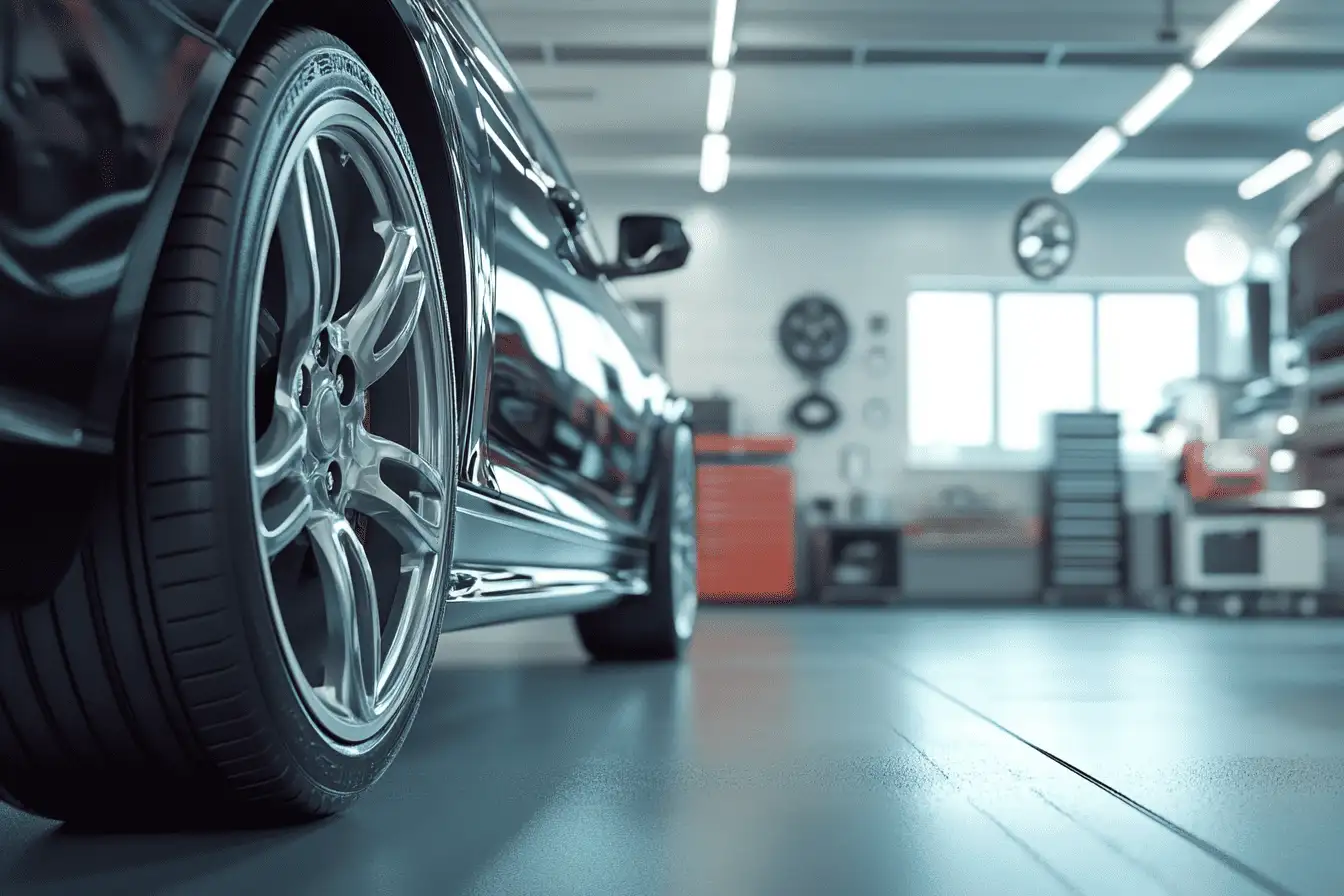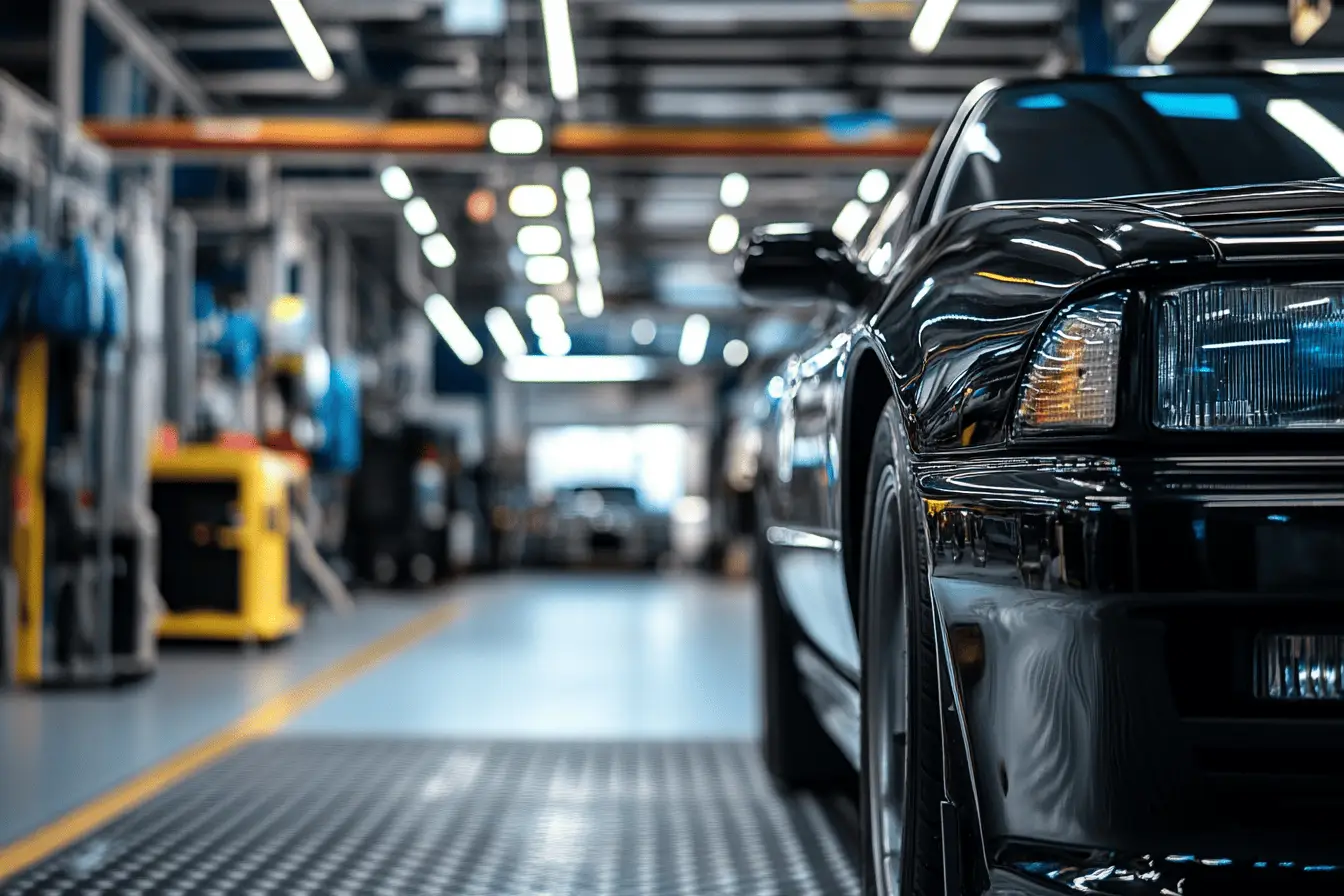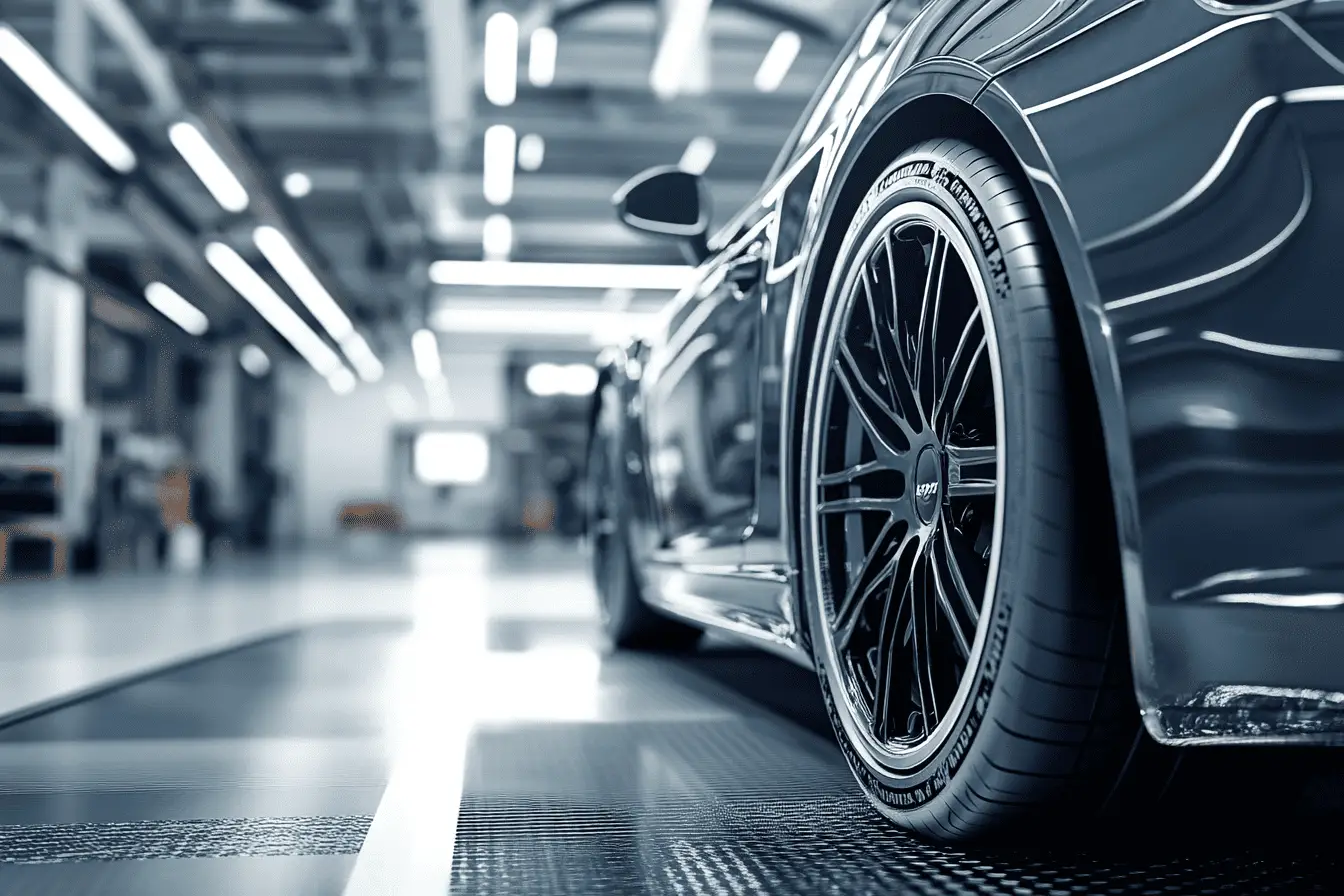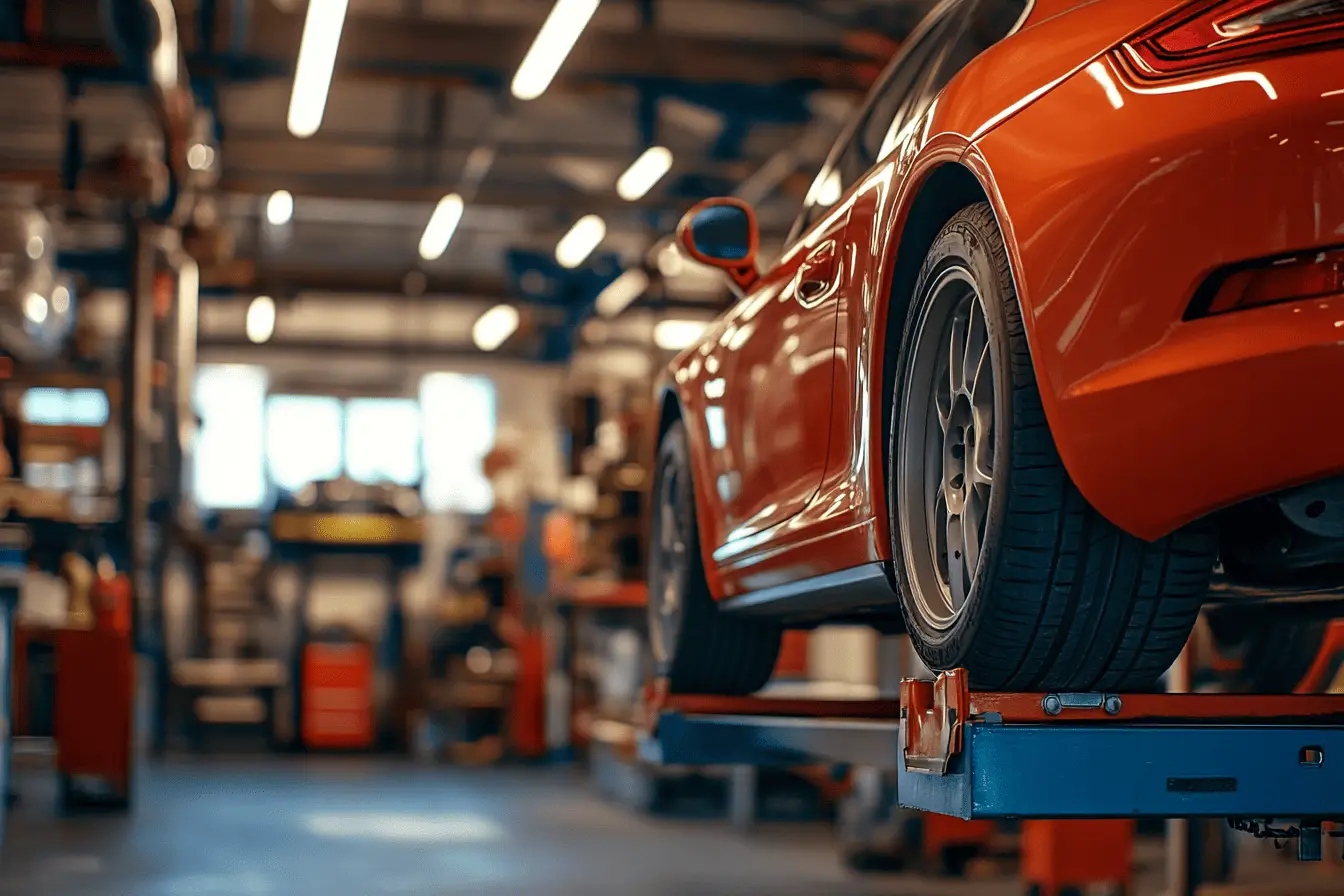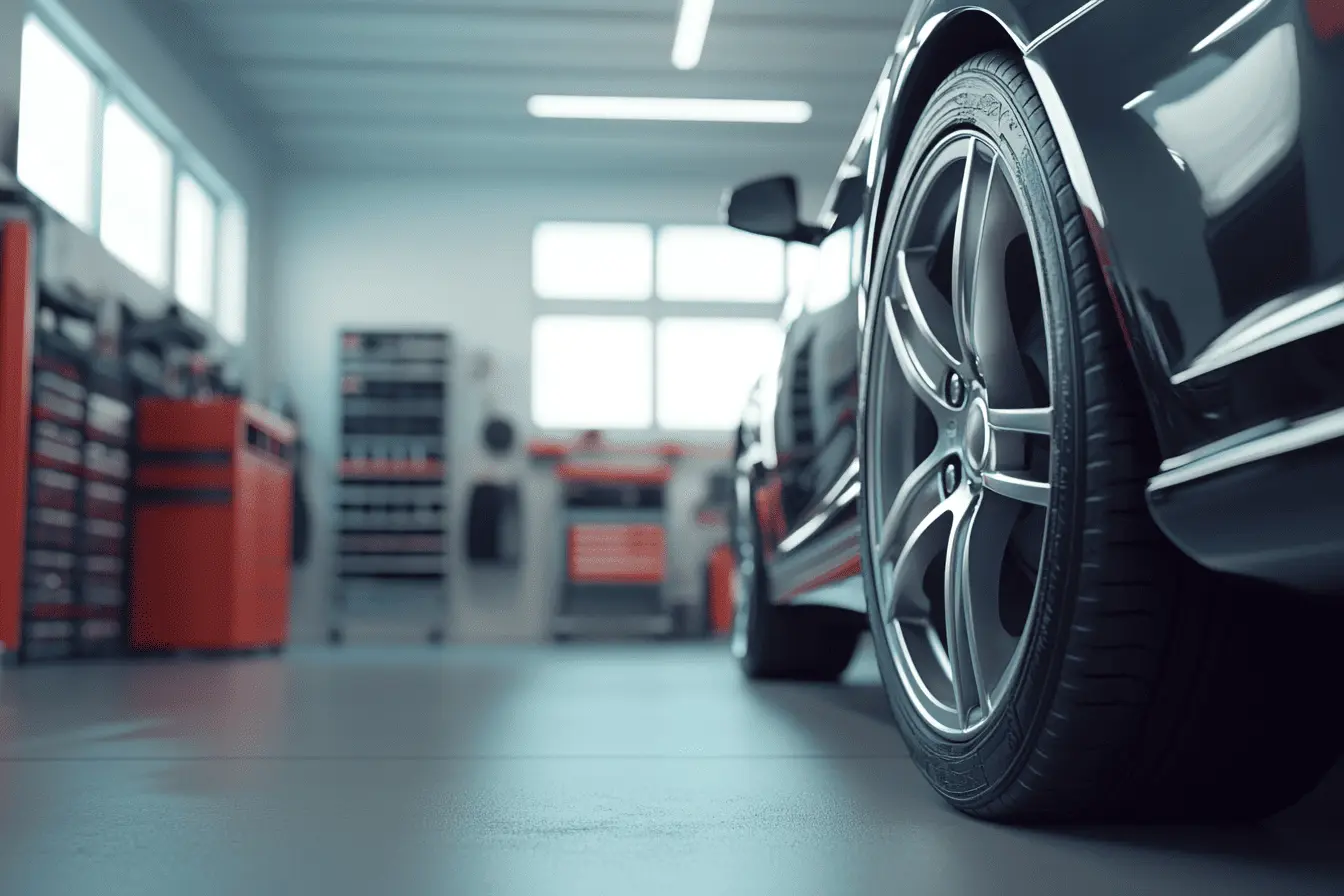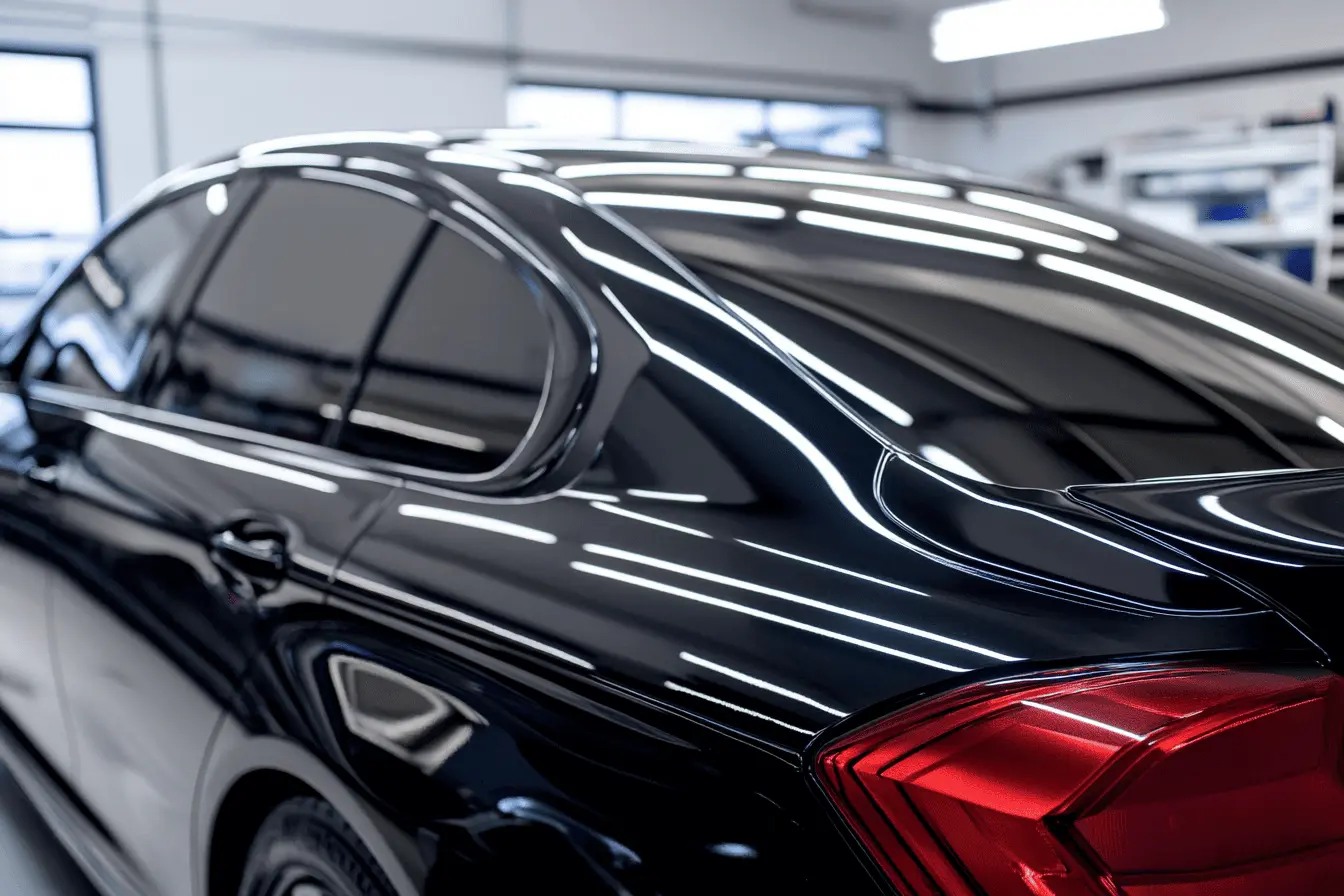
Typical symptoms usually occur with a dual mass flywheel failure. You can find out what these are and what causes a failure here. Also: What are average dual mass flywheel replacement cost in the UK and how to get free estimates?
How much does a dual mass flywheel replacement cost in the UK?
The average dual mass flywheel replacement cost in the UK is around £750-£1,500. The total cost will of course depend on the vehicle model, the design of the dual mass flywheel and the spare parts manufacturer. Unfortunately, the material costs are comparatively high. They can be £400-£1,200. Well-known manufacturers of dual mass flywheels are LUK, Sachs and Valeo.
The cost of removing the defective dual mass flywheel and installing the new one is comparatively high because the transmission always has to be removed. For this reason, it is usually worthwhile to have the clutch, which is also a high-wear part, replaced at the same time.
Depending on the vehicle, additional material costs of £100-£400 can be expected. For the change of the dual mass flywheel and clutch, a working time of about 3.5 to 7 hours can be expected. At an exemplary hourly rate of £70, this corresponds to a labour cost of about £250-£500.
Typical car models that may experience dual mass flywheel problems include Audi A4, Vauxhall Insignia, VW Caddy, VW Golf, VW Passat, Skoda Octavia, Ford Transit, Ford S Max, BMW 320 and BMW series 1. Below is an example of dual flywheel replacement cost (including a new clutch) for a VW T5:
Example: Dual mass flywheel replacement cost – VW T5 | |
|---|---|
Overview | Cost |
New dual mass flywheel | £520 |
New clutch | £250 |
Labour cost | £450 |
Total cost | £1,220 |
Money saving tip: Replace dual mass flywheel and clutch at the same time!
It is advisable to replace the clutch at the same time as a dual mass flywheel because the transmission has to be removed anyway. A new clutch kit is comparatively inexpensive and since the labour costs make up the largest part and a failure of one of the two components would also affect the other, it is always worthwhile to replace both at the same time.Get free instant Quotes from Garages in your Area!
How it works:
Follow the link below and get free instant replacement quotes from professional garages in your area. Check profiles and reviews and find the best value for money. You can even ask further questions. It’s an easy way to save time.
✓ Trustpilot rating: ‘Excellent’ – 4.5/5
✓ No obligations & free of charge
✓ Done in a few clicks
What does a dual mass flywheel do?
A dual-mass flywheel is a wheel that has an integrated damper. It prevents oscillations, vibrations and shocks from being transmitted to the driveline while driving. In this way, it decisively increases driving comfort by ensuring a steadier and smoother ride.
Road noise is also significantly reduced and shifting gears is easier than with other wheels. Last but not least, the dual-mass flywheel also affects your car’s fuel consumption, helping to make it more environmentally friendly. Many modern motor vehicles are already equipped with dual-mass flywheels.
What are signs and symptoms of a dual mass flywheel failure?
- The engine makes scratching noises, especially at lower speeds
- When the engine is running, there is a jerking, shaking or vibrating sound
However, these can also be caused by other damage to the transmission or a defective throw-out bearing. A dual mass flywheel failure can only be detected with certainty once the transmission has been removed.
If the symptoms are ignored, components may come loose from the faulty dual mass flywheel, enter the transmission and cause transmission damage. The car is then no longer roadworthy and additional repair costs are high.
What causes a dual mass flywheel failure?
Dual mass flywheel failures are not uncommon. Often, these are not wear or damage due to mechanical effects, but rather consequential damage caused by other defects, such as on the clutch. For this reason, a damaged clutch should be repaired promptly for the benefit of the dual-mass flywheel condition.
Damage that can occur to the dual mass flywheel includes fractures, worn friction surfaces, thermal overloads or leaked lubricant as well as a defective gear rim. Even though dual mass flywheels are very sturdy, they cannot always withstand the high loads to which they are subjected on every journey without damage.
Can a dual mass flywheel be repaired or does it need to be replaced?
Repairing a defective dual mass flywheel is not possible. Only replacing the defective component with a new part makes sense here. Used spare parts are not a sensible option either, because the exact condition is not visible from the outside and the effort required to remove the transmission would otherwise be duplicated.
To replace the defective dual mass flywheel, the transmission must be removed. The exact procedure varies depending on the exact vehicle model and can be very time-consuming depending on the design.
How long does the garage need to replace dual mass flywheel and clutch?
The time required varies depending on the car model and the workshop, but on average it takes around 3.5 to 7 hours to change the dual-mass flywheel and clutch.
Can I drive with a faulty dual mass flywheel?
It is recommended to visit a repair shop promptly. While it is possible to continue driving at first when you detect a dual mass flywheel failure, you should not ignore the symptoms indefinitely. Otherwise, components could come loose and enter the transmission. There, they could possibly cause damage to the transmission.
How can I reduce the dual mass flywheel replacement costs?
» Get free dual mass flywheel replacement estimates
The dual mass flywheel replacement cost varies not only between car models, but also from city to city and garage to garage. The costs in cities like London, Manchester or Birmingham are always somewhat higher than in the rest of the UK. For this reason, it is always advisable to do a regional price comparison in order to find the best value for money in your area.

